Denton County home sales slid to an 11-year low in June. Closed sales continued to stagnate with mortgage rates still hovering near seven percent. Home prices were near all-time highs. The confusing mix of housing unaffordability pushed more more buyers to the sidelines. Closings were 14 percent lower year-over year. Average home prices in Denton County moved up 4.1 percent to $589,000 in June.
Pending contracts slid 13 percent year-over-year in June. With sluggish sales, available home inventory perked up significantly last month. Months of supply in Denton County shot up 36 percent from a year ago to 3.4 months of inventory. The boost to local supply was largely driven by a 45 percent increase in available resale inventory. We now have 3.5 months of existing home inventory in this part of North Texas.
The market for home sellers is still pretty solid. It hasn’t been very kind to buyers. Inflation is still well above the Fed’s target, and Uncle Sam is running a $1.9 trillion budget deficit to prop asset prices up. Under this backdrop there are still plenty of boomers and existing asset holders active in the local Denton County real estate market. This has been helping to push up average prices while Denton County home sales stagnate in the middle and lower end of the market.
More Incentives from Builders to Move New Homes
Builders are ramping up the incentives again as the market stagnates. When the going gets tough, builders get motivated. This is exactly what we are seeing as the labor market begins to soften. This is a similar dynamic to last year, but with a slightly different twist. Last year was more about the backlog of new construction working its way through the pipline. This year we have relatively stable new home inventory but with a softening economy and labor market.
In absolute terms, new construction inventory is up just 8 percent year-over-year. Denton County had a little over 1000 new homes available for sale in June. Available listings of existing homes were up 40 percent with over 2,900 homes for sale. As resale inventory grows, builders will likely be under more pressure to continue those generous incentives. Competition generally results in increased seller motivation.
A Hot Mess of Financialization
It’s interesting to see how some builders are reacting to the shifting market. America’s largest home builders are publicly-traded corporations, so we can get an idea of what they are thinking and where they are allocating resources and capital.
Lennar Homes has been lowering the bar on prices in the Texas market. Their latest 10Q filing shows that average prices for Lennar plummeted to $254,000 for units delivered in the latest six month period ending in May. What’s wild is that Lennar was shelling out $51,600 per home in sales incentives during this period.
A look at one of Lennar’s communities in the DFW market provides a clue as to why the sales incentives are so large. It looks like Lennar is skimping on quality to get to those lower price points. Some people have pointed out how the dressed up renderings advertised on their website loosely resemble the actual finished product.
A deeper dive into Lennar’s financials shows how serious Lennar is when it comes to home building. Through the first half of the year Lennar spent over $1.1 billion on share repurchases. You read that right. That’s $1.1 billion spent padding shareholder wealth and executive compensation.
Compare that with the $142 million Lennar shows for warranty payments, and you can get an idea of home builder’s priorities.
It’s rather sad to see major home builders watering down the experience of home ownership just to get to lower prices. Profit margins show America’s largest builders can build better homes, including Lennar. That’s why it’s so disappointing to see them phoning it in for the Texas market.
Cracks in the Labor Market
The labor market has finally begun to cool this year. With inflation firmly entrenched and mortgage rates still bouncing between six and seven percent consumers seem to be cutting back. Employers are apparently taking notice and taking a more conservative view as well. Full-time employment appears to be rolling over. The official unemployment rate perked up to 4.1 percent in June.
The 4-week moving average of continued unemployment claims has seen a noticeable uptrend over the last few months.
This is with the U.S. government running a $1.9 trillion budget deficit! It’s worth posing the question. What would happen if the U.S. was forced to actually balance the budget? Well, it wouldn’t be good for overall liquidity. The current liquidity fire hose from Treasury is still dominating the Fed’s effort to reduce its balance sheet for now. But the clock is ticking.
New Transaction and Representation Forms for Agents
The August 17 NAR settlement implementation date is just around the corner. Those offers of compensation to buyer brokers or representatives formerly required by the MLS are scheduled to disappear next month. Agents and consumers will need to get acquainted with these new forms in the coming weeks and months. The post-settlement landscape will be interesting when it comes to commissions and representation.
The Texas Association of Realtors (TAR) has new forms to assist brokers with the transition. Form 2701 – Amendment to Representation Agreement is a new temporary form to bring existing representation agreements into compliance with the August 17 transition. Buyers and sellers will see new fields in the updated representation agreements like the Exclusive Right to Sell (TXR 1101) and the Residential Buyer/Tenant Representation Agreement (TXR 1501).
Form TXR 1501 will become the “Long Form” for the buyer/tenant representation agreement. There’s also a new “Short Form” version of the Residential Buyer/Tenant Representation Agreement (TXR 1507). The new short form is basically two forms in one. It can be used for showings only or a full range of services.
There is also a new form titled Addendum Regarding Brokers’ Fees (TXR 2406) This new form will be used with Texas Real Estate Commission (TREC) contracts like the One to Four Family Residential Contract, or the Unimproved Property or New Home contracts. TAR posted a helpful discussion of these new forms and their appropriate use by agents.
If you are in the market to sell a home, you may now have more leverage when it comes to the commission paid out to agents. If you are a buyer, your path to the closing table might be a bit more complicated. Buyers will now have to decide how much help they need, and put that commitment to pen and paper.
Aaron Layman Properties will be here to help you whether you are buying or selling. Just give me a call for assistance with your next real estate transaction.




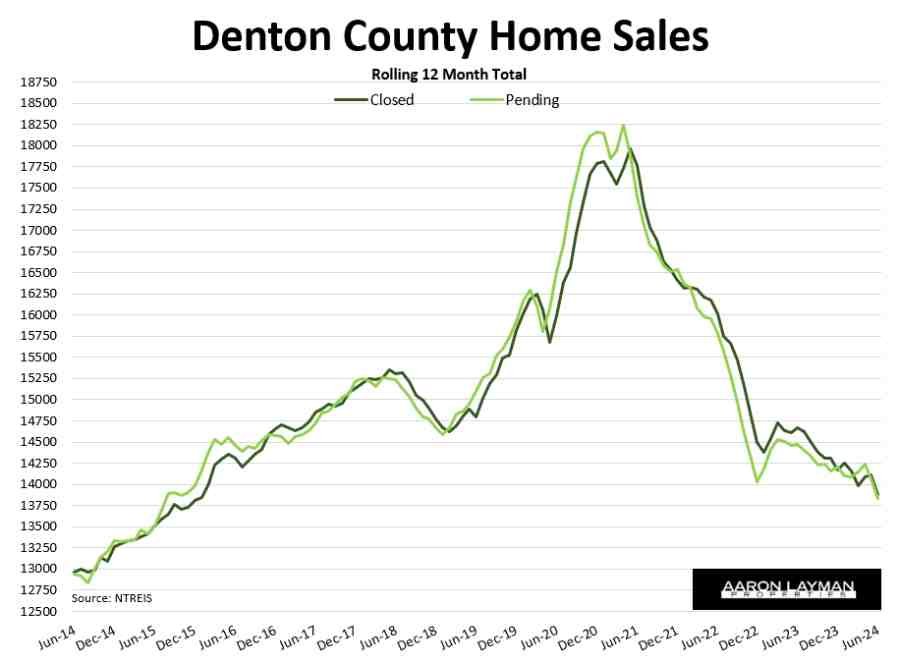







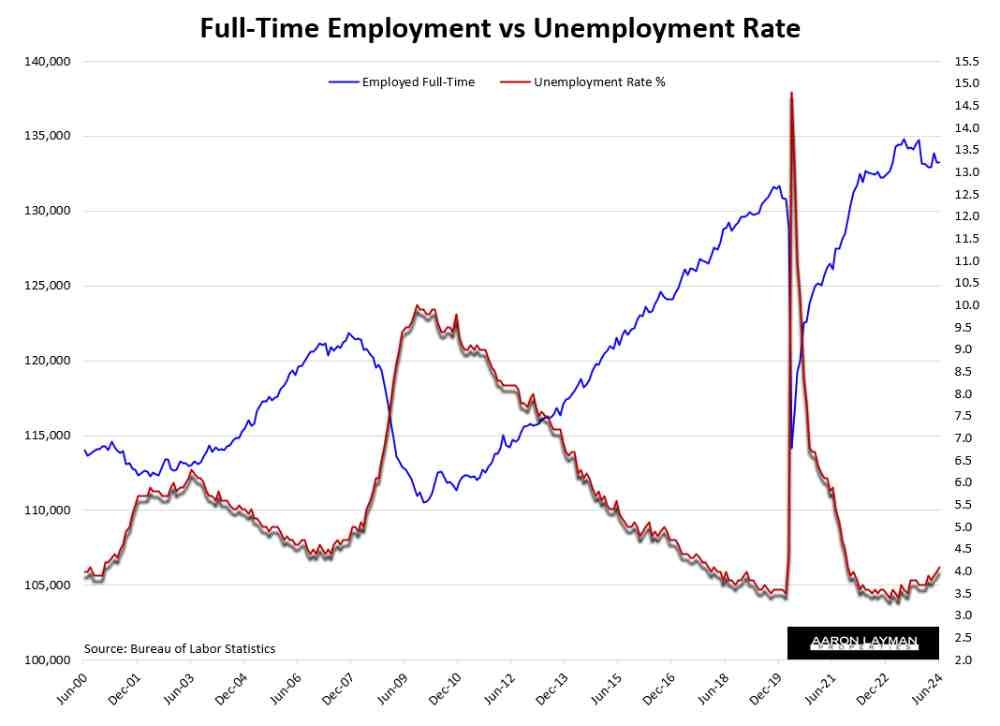
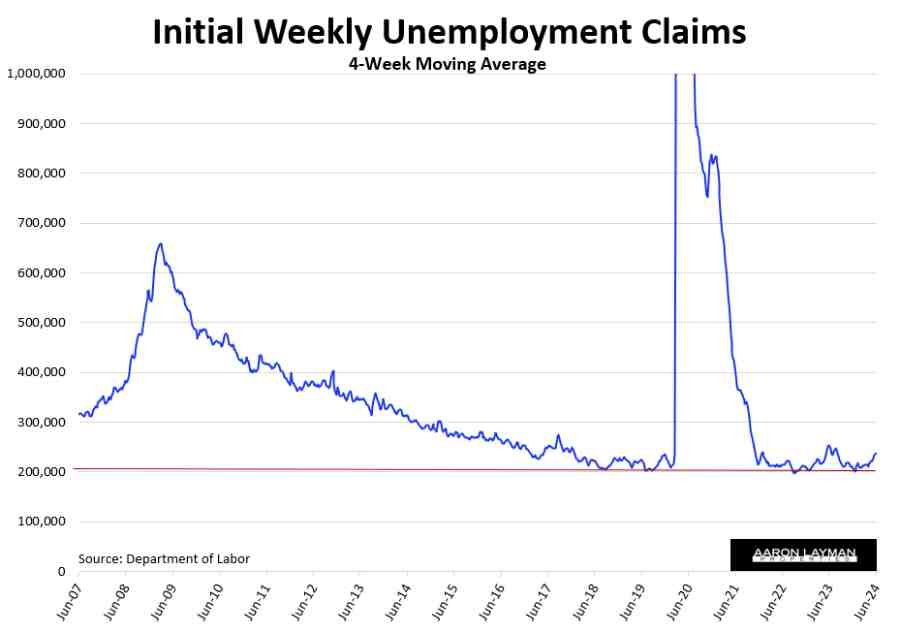
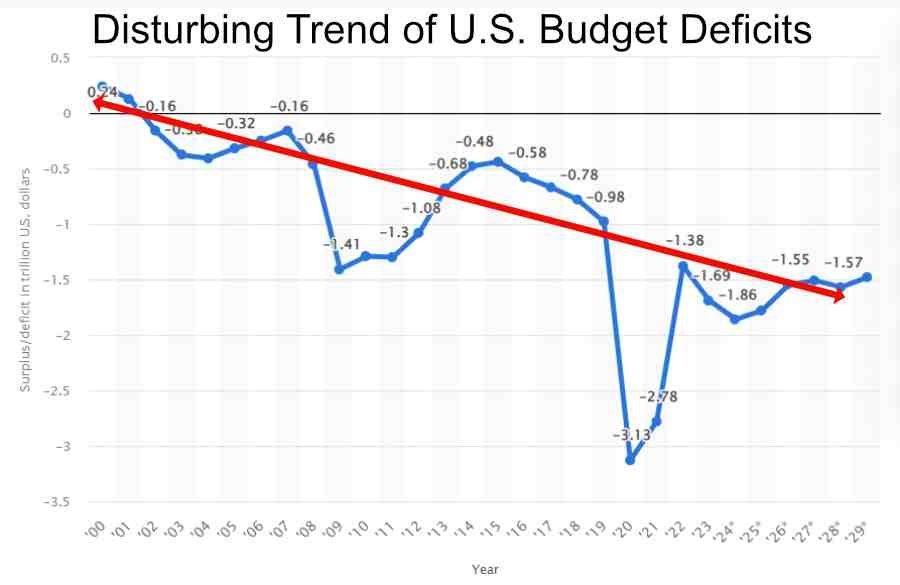

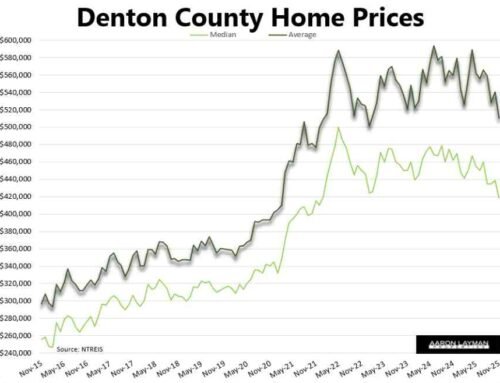
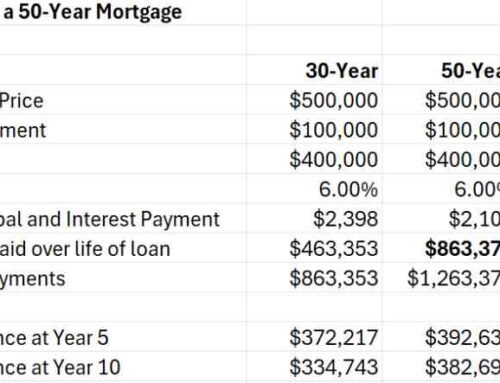

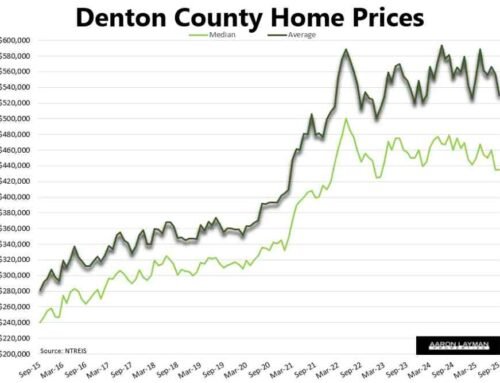
Leave A Comment